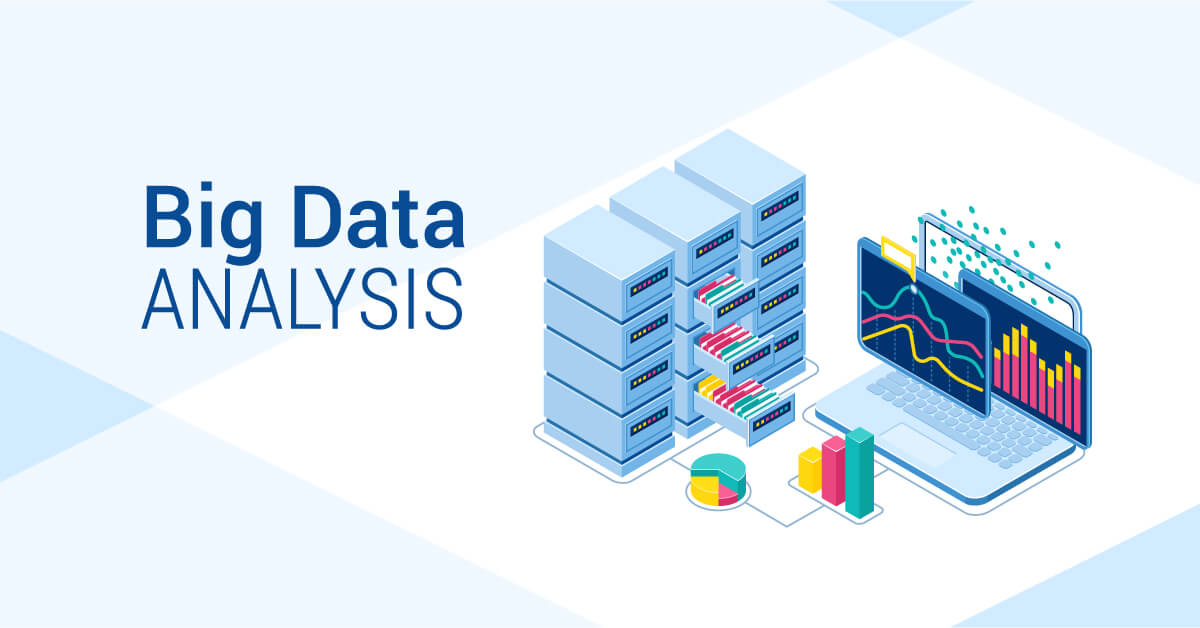Big data analytics is one of the most common buzzwords in the market at present. Predictions say that the market size of data analytics will increase up to a whopping $229.4 by 2025. Over the years, analytics has emerged out to be the most valuable asset in a company. Consequently, more and more businesses are resorting to data analytics for streamlined workflows and enhanced profit points.
The evolution of the big data analytics market is spectacular. It compels everyone to analyze the trends for better business. So, without any delay, let’s dive into knowing the analytical market more closely.
Why is Big Data Rising Rapidly?
As time advances, businesses are facing cut-throat competition in the market. They are trying to find next-gen models to edge over their competitors. Big data analytics came as a savior to all enterprises in such a scenario. Now, the companies have a better perspective about their business and can deliver an improved customer experience. Moreover, they can reduce the overall manufacturing costs and optimize their revenues. All these factors encourage organizations to bring data analytics into their workplace and propel its invincible rise.
A Brief History
To understand Big Data Analytics’ evolution, we have to trace back the implementation of data analytics right to the late 17th century. The very first recorded instance of data analysis using statistical tools was in London. In the 1660s, John Grant used statistical analysis to use the Bubonic Plague’s mortality records and generate an alert system that warned residents prone to the affliction.
The year 1881 saw the formulation of a specially coded punch, the card-based tabulation machine invented by Herman Hollerith, an employee of the US Census Bureau. His invention helped to analyze and sort through data records of the 1880 Census. This revolutionized the data analysis arena and reduced what was thought to be an eight-year process to only three months.
The establishment of the first national data center of 1965 and ARPANET’s introduction in the 1970s were two landmark moments in the big data journey. However, the movement took off in the 2000s due to the mainstream availability of the Internet. Web traffic flowing from one server to another all across the world generated vast volumes of data. The data analytics used in this era focussed on data extraction, retrieving information, analyzing social media interactions, etc.
Data Analytics Future
The current trend in Big Data Analytics dates back to 2010 and onwards. Today, IOT Technology has proved to be far more potent than just fitness tracking tools and managing electrical systems in your house. Modern companies can access data from any source like engagement on social media platforms, Carbon emission monitoring sensors, GPS arrays, and other industrial and web-based infrastructure. Managing a plethora of data is what has prompted data analytics to balloon into the mainstream.
The Bottom Line
The Big Data Analytics market’s evolution can be attributed to IoT technology, Cloud Computation tools, increasing availability and versatility of AI systems, and infrastructure evolution (IaaS).
It is crucial to understand that Big Data will continue to improve and expand as a high-potential industry. It will keep determining a company’s productive efficiency and upscale its operability. Big data analytics needs to be in the foreground of a company and incorporated in all critical decisions to lead the market race.

